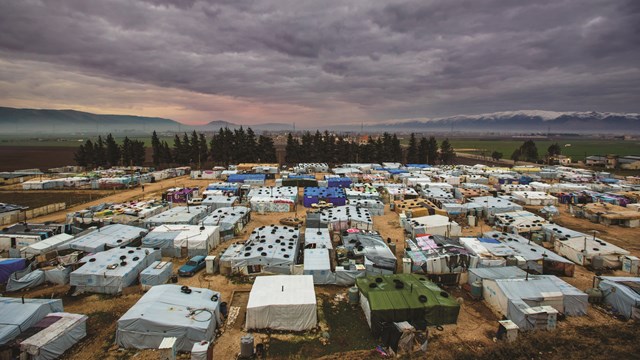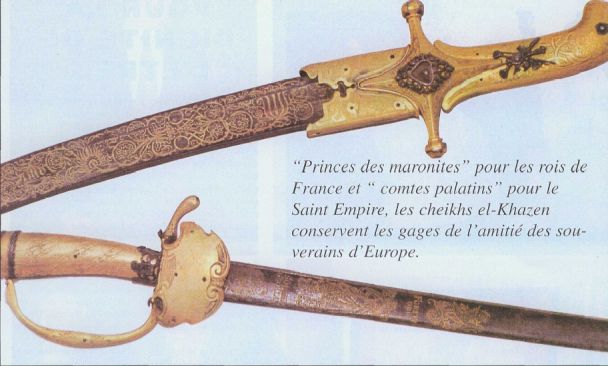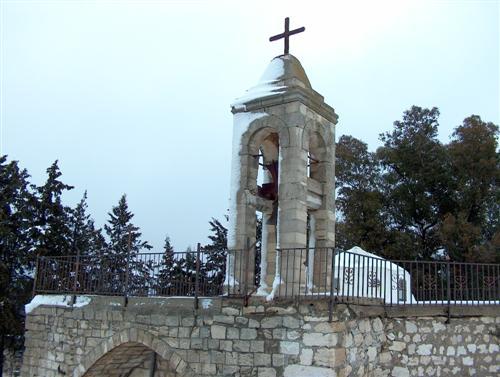
BEIRUT // For a city still divided more
than 25 years after the end of Lebanon’s civil war, Beirut is embarking
on a journey to preserve fading memories of the conflict in the
once-residential building-turned snipers’ lair of Beit Beirut or house
of Beirut. Also known as the Barakat house, the building – which
sits on Damascus Road and straddles the green line that used to separate
Christian East Beirut and Muslim West Beirut – will be transformed into
a museum and cultural centre when it opens in late September this year.
The
ochre Ottoman-style edifice with elements of Art Deco and Rocco styles
will tell the stories of the snipers who once lived and fought within
its walls, as well as the story of the bourgeois Barakat family, who
commissioned the building in 1924. It was designed by Lebanese
architect Youssef Afandi Aftimos, with two more stories added by
architect Fouad Kozah in 1932. Aftimos was a well-known architect, who
built the grand theatre in downtown Beirut and the clock tower of the
Grand Serai, now the seat of the Cabinet.
The
Barakat family plaque still hangs in the ruins of the building,
surrounded by pockmarked walls that serve as a lasting memory of the
15-year civil war that killed more than 100,000 people and left several
building carcasses strewn along the green line.






![[file photo]](https://i0.wp.com/www.middleeastmonitor.com/wp-content/uploads/2016/08/female-israeli-soldiers.jpg?resize=1200%2C800&ssl=1)



